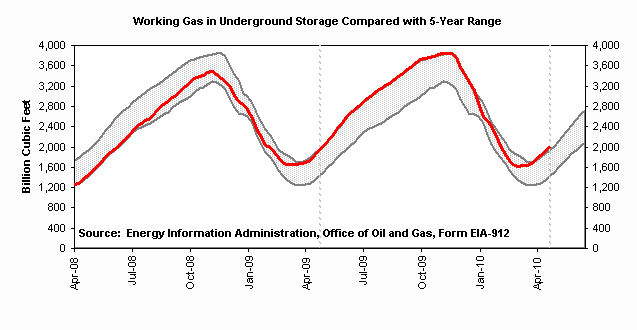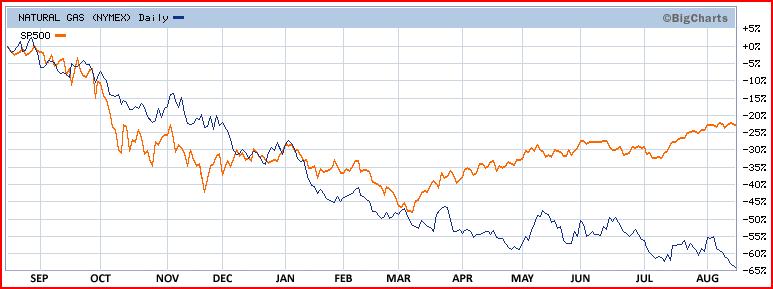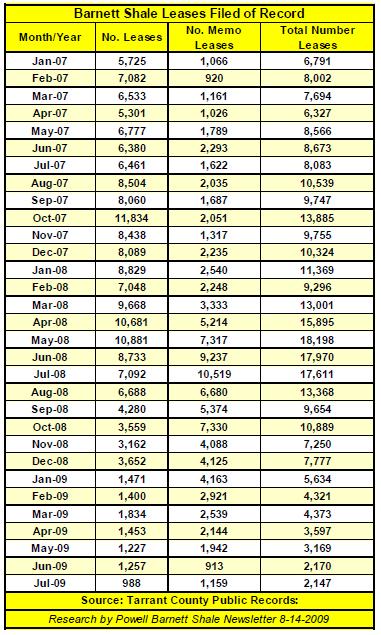The U.S. Energy Information Administration has launched a new website that contains wonderful information about energy described in terms laypersons can understand. It can be found at http://tonto/eia.doe.gov/energyexplained/ . Here are some examples of information you can find there:
— A British Thermal Unit (Btu) is the quantity of heat required to raise the temperature of one pount of liquid water by 1 degree Farenheit at the temperature that water has its greatest density (approximately 39 degrees F.).
— One Btu is about the amount of energy burned by a common kitchen match. One million Btu equals about 8 gallons of gasoline. One billion Btu eqals all the electricity that 300 households consume in one month.






